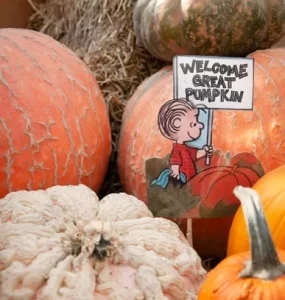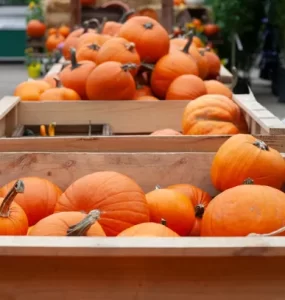
The Frugal Gardener: Top 5 Money Saving Edibles to Grow
by Rob Sproule
Are you getting sticker shocked at the grocery store lately? Prices for fresh produce seem to keep going up while heavily processed food seems to be perpetually on sale. Eating healthy is becoming an expensive proposition.
We assume that saving money necessitates sacrifice, like giving up wine or reducing date night to frozen pizza, but when you grow your own veggies the only sacrifice is spending more time in the garden. On top of potentially saving hundreds of dollars a year, you’ll eat produce that’s healthier than the grocery store and tasty enough for your kids to ask for more.
How Much Can I Save?
How much money you can save by growing your own depends on who you ask. How expensive your gardening input costs are depend on what you plant, if you use seeds or starters, what kind of conditions you provide, and whether you maintain it. Growing Broccoli & Cauliflower Growing Carrots & Beets
George Ball, Chairman of the Burpee Seeds, claims that, if you grow from seed, you can expect to save $25 on your grocery bill for every $1 you spend! While this is the rosiest forecast I found, it provides excellent food-for-thought (keeping in mind that Mr. Ball owns a seed company).
In 2009, the National Gardening Association in the US released a large study concluding that gardeners could expect a 600sq. foot, well-maintained garden to generate about $600 worth of food with an initial investment of $70. I wasn’t able to find any reliable statistics from Canadian sources.
Best Money Saving Plants
When it comes to saving money, not all veggies are created equal. Specialty crops like artichoke and okra will probably cost more than they produce and are usually grown for novelty instead of financial return.
Keep in mind that while I’m using average grocery store prices, this isn’t an appropriate comparison. A better comparison would be to compare home-grown veggies with how much produce that’s irresistibly fresh, organically grown, and picked from the garden that day would cost.
Salad greens, like lettuce and spinach, yield massive financial dividends. At the grocery store a clam-shell of organic greens typically costs $5- $7 but took only a few cents worth of seed to produce. Specialty greens, like arugula and endive, will save you even more.
The key with salad greens is to stick to leafy varieties and sprinkle seeds every week to keep things fresh. When you harvest, “cut-and-come-again” by leaving an inch or two of leaf and it will keep growing. Head lettuces take a long time to mature and tend to harbour slugs and other veggie-thieving critters.
Edible Weeds for Salads
Many of the highest returning crops are heat lovers that are imported from warmer climates or grown in hothouses, both of which inflate the sticker price.
Have you noticed how expensive the “traffic light” (red, yellow, and green) packs of Bell Peppers are at the grocery store? They cost several dollars each but, given the right growing conditions, pepper plants will yield 6-10 peppers each from a starter plant worth a few bucks (or less if you grow from seed).
Plant your peppers in a dark pot sitting in the brightest, hottest spot your yard can conjure. Fertilize them liberally and spread wood chips or another organic mulch across the soil to keep the roots moist. If you like spicing things up, jalapenos or habaneras will save you from buying from the store’s specialty veggie wall. Growing Peppers & Eggplant
Tomato plants are sensational money savers but how much depends on the plant. A large beefsteak type should yield about ten 1-lb size tomatoes, which usually cost about $2-$3 a pound in the grocery store. Growing Tomatoes from Seed
Cherry tomato plants produce scores of sweet fruit but it takes a lot to make a pound, so while they’re better to snack on they don’t save quite as much money. If you have the space and can provide support, indeterminate, or vining, tomatoes grow larger than determinates and tend to produce more fruit.
If you’re addicted to garlic, you’re paying more than you need to for your fix. Garlic is expensive in the store but easy to grow.
Buy garlic with your fall bulbs after Labour Day and plant it about a month before the ground freezes up. The next year you’ll have beautiful bulbs with intense flavour which cost you a fraction of what you’d pay for an inferior tasting bulb at the grocery store. Fall Garlic Planting Guide















